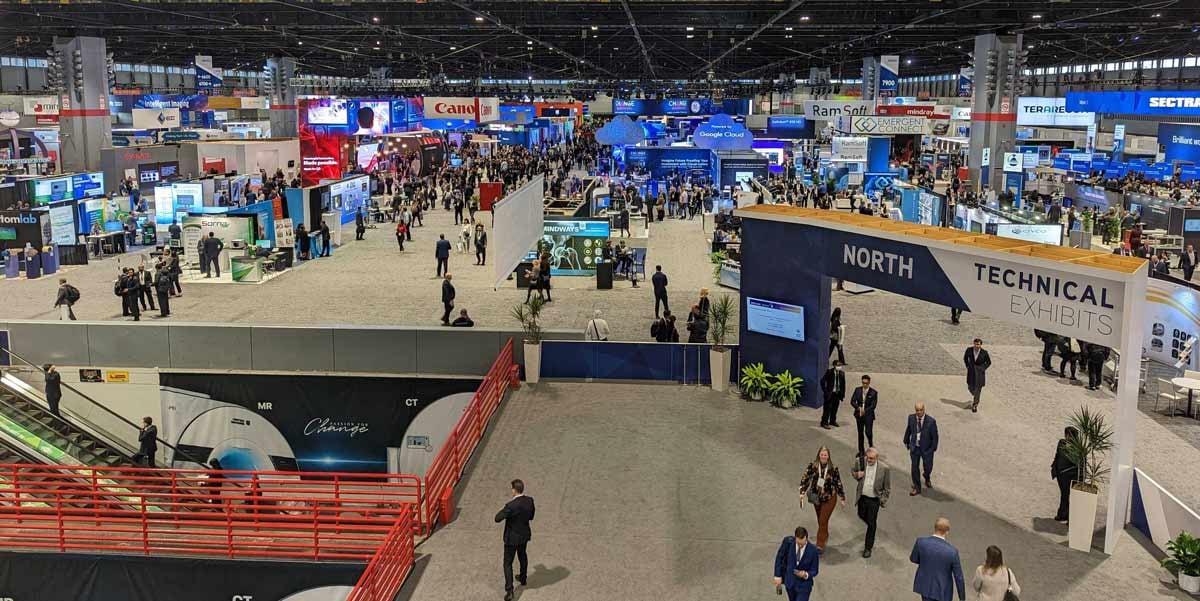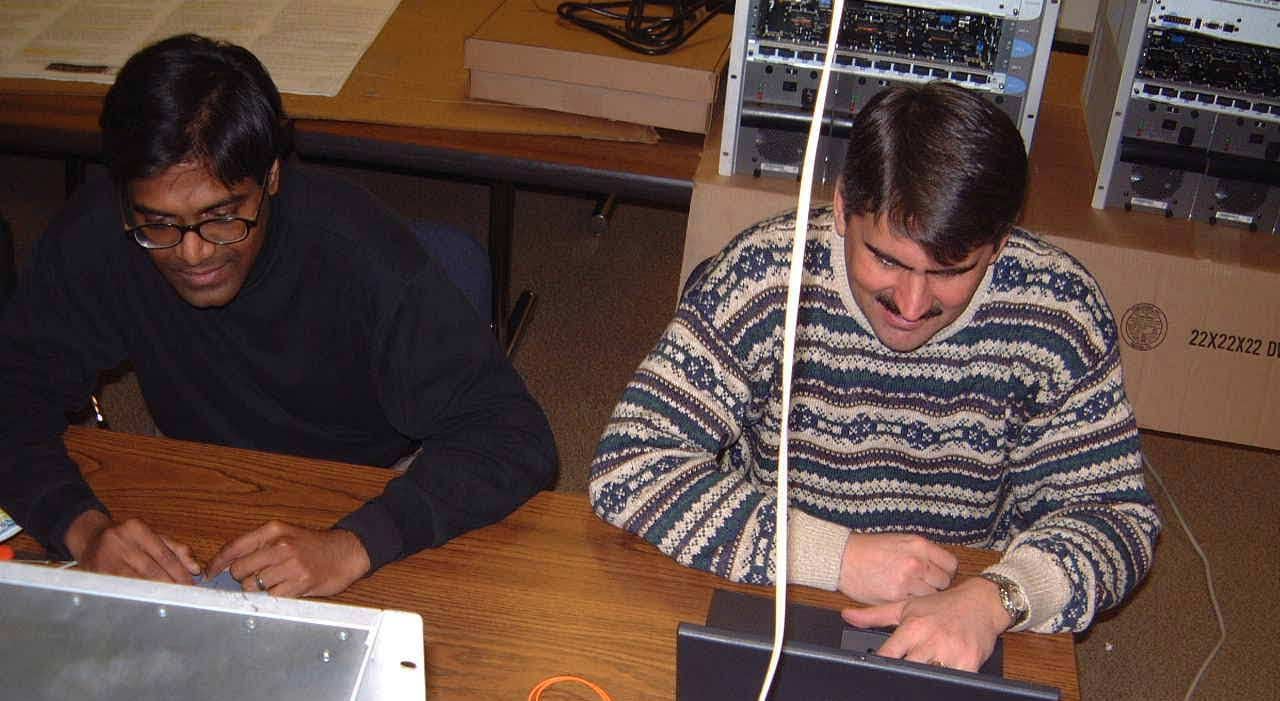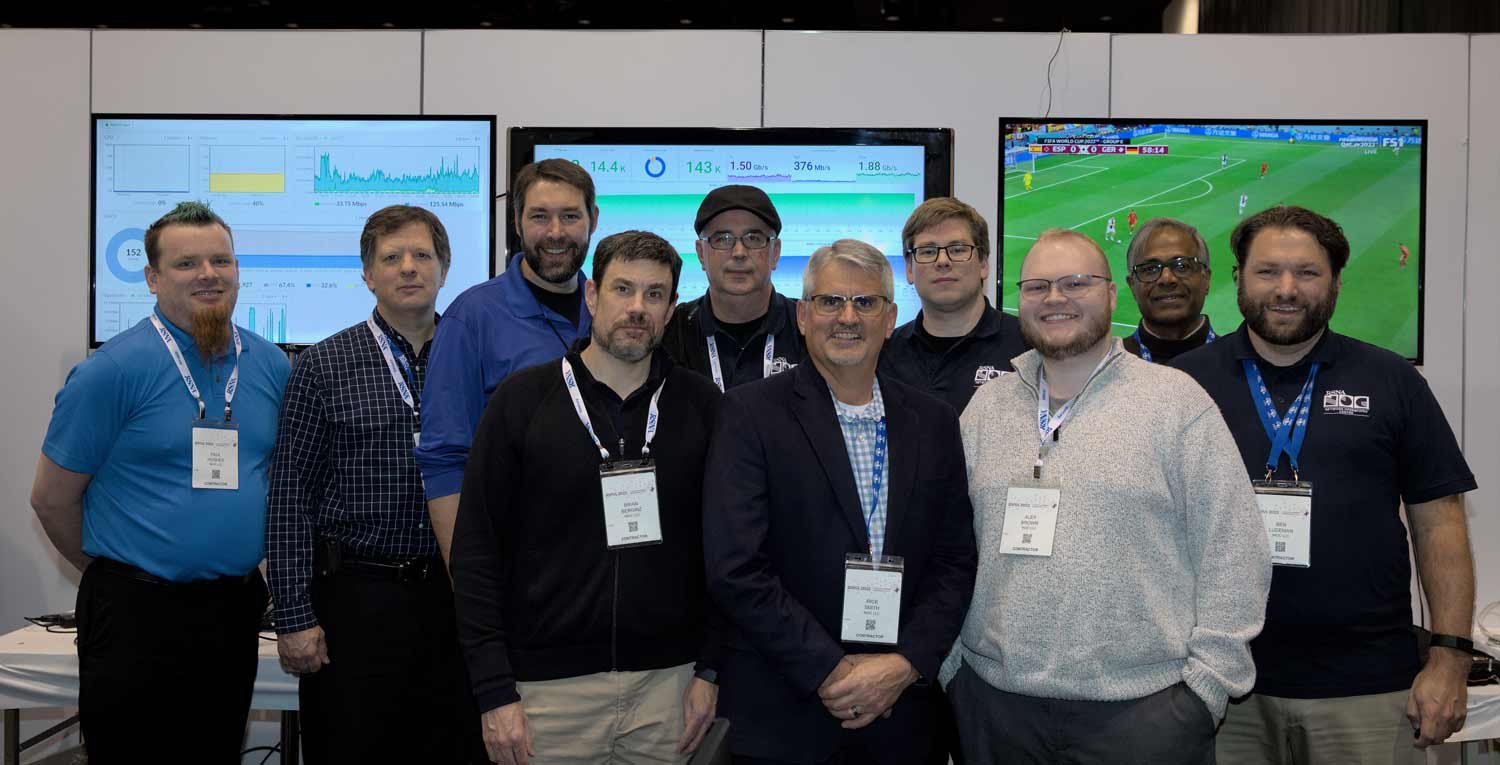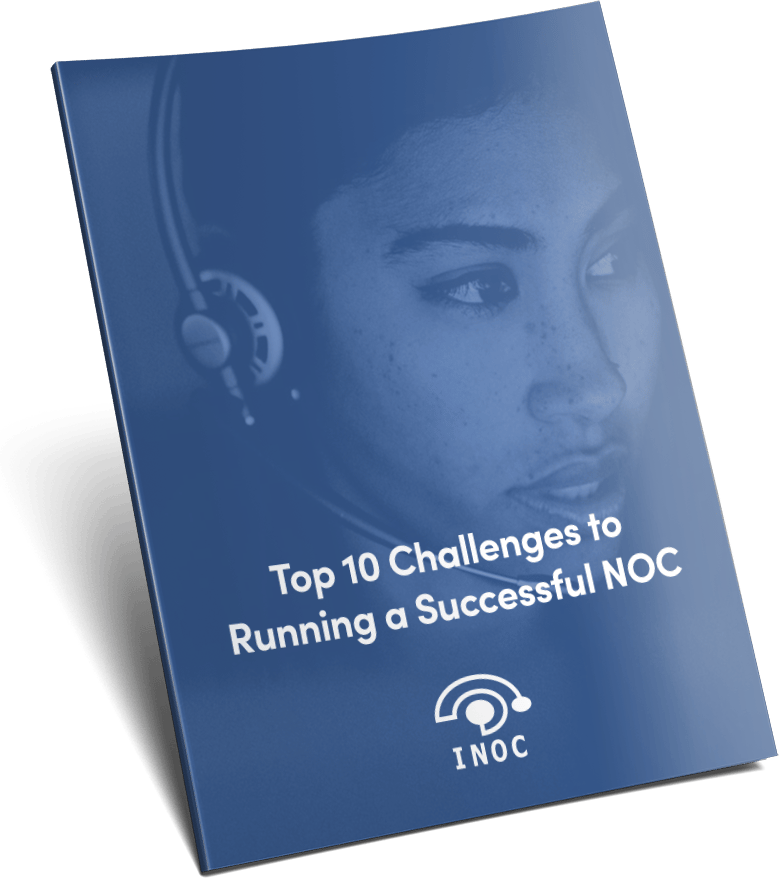The RSNA Annual Meeting show floor in 2022
“For someone in the NOC, RSNA is an awesome experience, and an opportunity to spend time with, talk to, and learn from others in the company in a fast-paced environment. The NOC engineers help out with testing the network and communicating back to the NOC to troubleshoot and resolve any issues that come up. It's super interesting to learn how the network is set up and run for a huge event.”
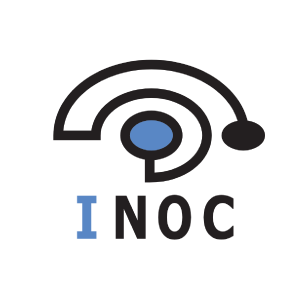 Jake Bohme
Jake Bohme NOC Engineer, INOC
“We had a new vendor this year providing registration services for RSNA. They do this type of work across the country at different locations and one of their biggest challenges is moving from site to site and having consistent and high-quality network connections. I was talking to one of their senior people who said, "We had never experienced being handed a connection and having it just work.”
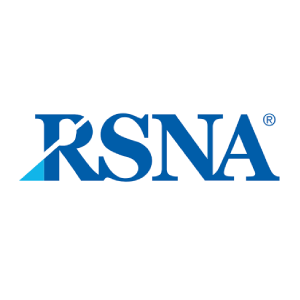 Steve Drew
Steve DrewFormer Associate Executive Director, RSNA
“I love many things about RSNA. I love the people and the team, being part of the well-oiled machine. We’re all here to work, but it’s the whole experience that makes it all so fun. I appreciate getting hands-on experience with the network infrastructure every year and dusting off troubleshooting skills. It is amazing to see all the [exhibits] being built and then going from construction to pristine in basically one night.”
 Mike Ludeman
Mike LudemanSenior NOC Engineer, INOC

